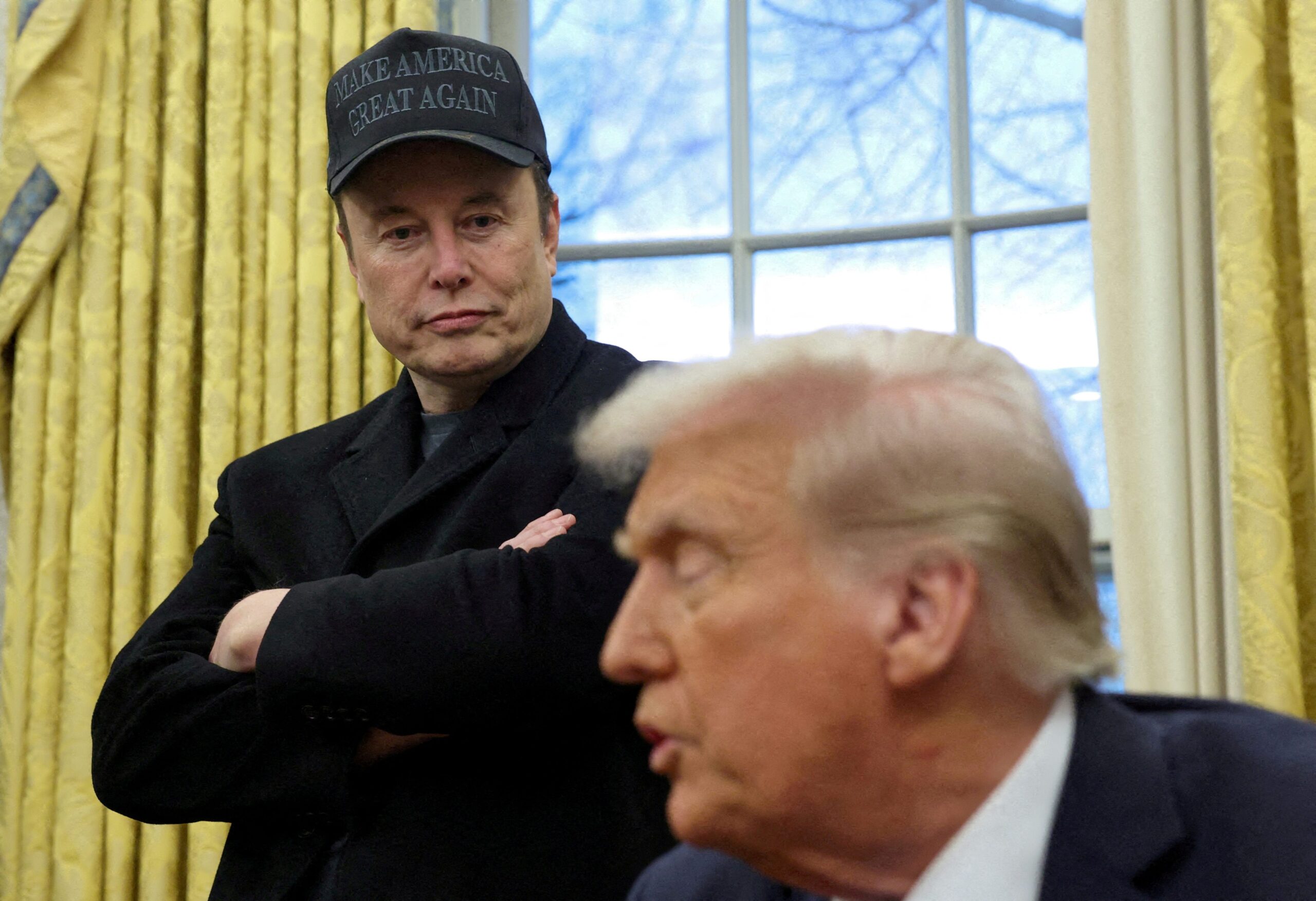
Could President Trump Issue DOGE Stimulus Checks?
President Trump has been considering the possibility of issuing stimulus checks to American citizens based on savings accrued from the Department of Government Efficiency (DOGE). The idea was initially proposed by anti-woke investor James Fishback, who suggested that 20% of DOGE’s savings be distributed to citizens as tax refunds.
Background on DOGE and Proposed Stimulus Checks
DOGE was established with the aim of reducing federal spending by $2 trillion. If this goal is achieved, the proposal would allocate 20% of the savings to citizens as stimulus checks. The checks could potentially reach $5,000 per person. However, it’s important to note that DOGE has yet to meet its savings target.
Trump’s Response and Considerations
Trump has expressed interest in the proposal, stating that he is considering issuing stimulus checks based on DOGE’s savings. He has also suggested using 20% of the savings to pay down the national debt.
Congressional Approval Required
Even if Trump approves the DOGE stimulus checks, Congress would still need to pass legislation to authorize the distribution of funds to taxpayers.
Economic Impacts
Economists have expressed mixed views on the potential economic impacts of DOGE stimulus checks. Some argue that the checks could increase consumer spending and stimulate the economy. However, others caution that the checks could lead to inflation, especially if DOGE is unable to achieve its savings goal.
Concerns and Criticisms
Critics of the DOGE stimulus checks proposal argue that it would increase the federal deficit and prioritize short-term economic gains over long-term fiscal responsibility. They also question whether DOGE can achieve its savings target and whether the checks would be effective in stimulating the economy.
Support for the Proposal
Supporters of the proposal argue that the stimulus checks would provide much-needed relief to American citizens during a period of economic hardship. They also suggest that the checks could incentivize taxpayers to report waste and fraud, ultimately leading to greater savings for DOGE.
Prospects and Future Developments
The feasibility of DOGE stimulus checks remains uncertain. DOGE has yet to meet its savings target, and Congress would need to approve any legislation authorizing the distribution of funds. The proposal has received mixed reactions from economists and policymakers, with differing views on its potential economic impacts. It remains to be seen whether the proposal will gain traction and ultimately come to fruition.
In-Depth Perspective
Potential Benefits:
- Provide financial relief to American citizens
- Stimulate consumer spending and economic growth
- Incentivize taxpayers to report waste and fraud
Potential Drawbacks:
- Increase federal deficit
- Contribute to inflation if savings target not met
- May not effectively stimulate the economy
Challenges:
- DOGE must achieve its $2 trillion savings goal
- Congressional approval required for distribution of funds
- Mixed economic opinions on the proposal
Conclusion:
The proposal to issue DOGE stimulus checks is a complex and controversial issue. While it has the potential to provide financial relief to citizens and stimulate the economy, concerns remain regarding fiscal responsibility and the feasibility of achieving DOGE’s savings target. The proposal requires further analysis and discussion to determine its potential impacts and whether it is a viable policy option.
